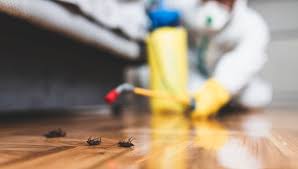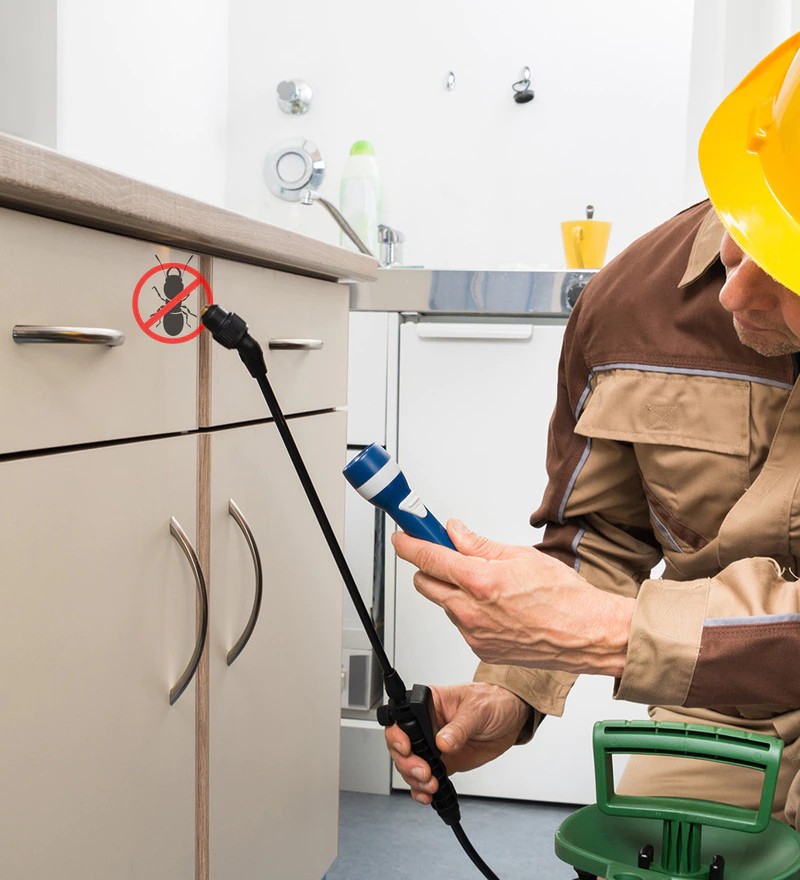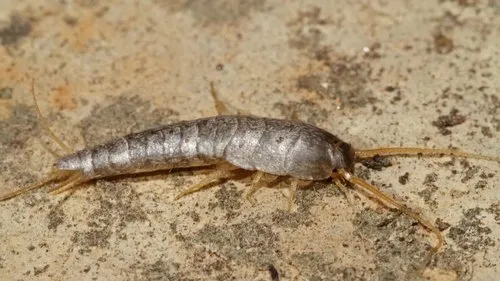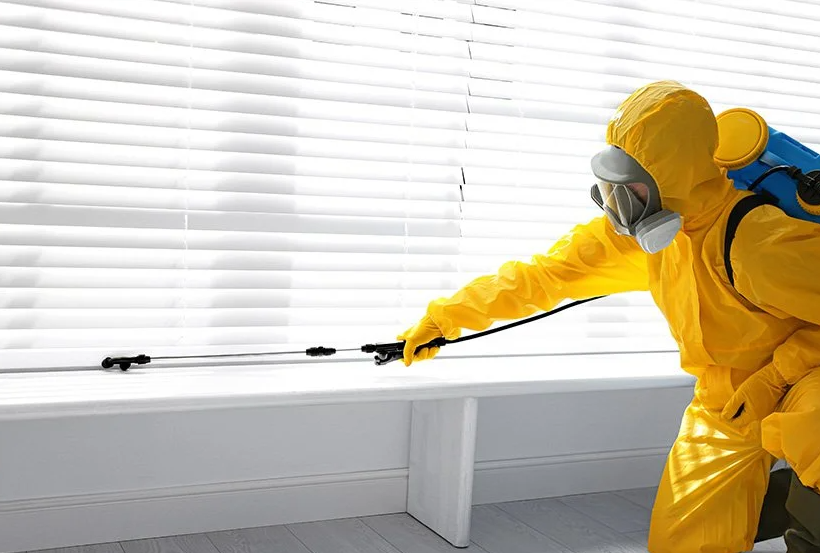Introduction
Proper food storage is a crucial aspect of maintaining a healthy and pest-free environment in your home or business. Improperly stored food can attract a wide range of pests, including insects, rodents, and even larger animals. These pests not only contaminate your food but also pose health risks and can lead to significant property damage. To safeguard your food and prevent pest infestations, it’s essential to adopt proper food storage practices. You can also adapt ideas of pest exterminators in Sydney to store your food items such that no pests can affect them. In this blog, we’ll explore some tips on how to store food correctly to keep those pesky pests at bay.
Keep Food in Airtight Containers
One of the most effective ways to prevent pests from infiltrating your stored food is to use airtight containers. Air-tight containers create a barrier between the food and the external environment, making it difficult for pests to detect and access the food’s scent. Choose containers made of glass, plastic, or metal with secure lids to keep pests out. These containers not only safeguard your food but also help preserve its freshness and flavour.
Regularly Clean Storage Areas
Cleanliness is key to deterring pests from invading your food storage spaces. Regularly clean and sanitize cabinets, shelves, and pantries to eliminate crumbs, spills, and food residues that might attract pests. Make it a habit to wipe down surfaces with a mild disinfectant, and vacuum or sweep the floors regularly to remove any food particles that may have escaped storage containers.
Store Dry Goods Properly
Dry goods such as grains, cereals, pasta, and flour are susceptible to pest infestations, particularly by insects like weevils, moths, and beetles. To protect these items, transfer them from their original packaging into sealed containers, as their packaging may not be secure enough. Be sure to inspect these items before storing them to ensure you’re not inadvertently storing infested products.
Keep Food Off the Floor
Storing food directly on the floor can make it easier for pests to access and contaminate your supplies. Use shelves, racks, or pallets to lift food off the ground and create a physical barrier against crawling pests. This practice is particularly important in basements and garages, where rodents and other pests may have easier access.
Rotate Food Items
When restocking your food storage, always practice the “first in, first out” principle. Place newer items at the back of shelves or containers and bring older items to the front. This rotation ensures that food is consumed before its expiration date and prevents food from sitting for extended periods, reducing the risk of attracting pests.
Check for Leaks and Moisture
Damp and humid environments are breeding grounds for pests, so it’s essential to check for leaks and moisture in your storage areas. Repair any leaky pipes or faucets promptly, and use dehumidifiers if necessary. Keeping the storage area dry will discourage pests from seeking refuge and sustenance in your stored food.
Conclusion
Properly storing food is a fundamental step in preventing pest infestations in your home or business. By following these tips, you can create a pest-resistant environment for your food supplies. Remember to keep food in airtight containers, regularly clean your storage areas, use proper storage techniques for dry goods, and elevate food off the floor. Additionally, practice rotation and maintain a dry environment to minimize the risk of attracting pests. By incorporating these habits into your routine, you can safeguard your food and maintain a healthy and pest-free living space and natural ways to control bed bugs.





